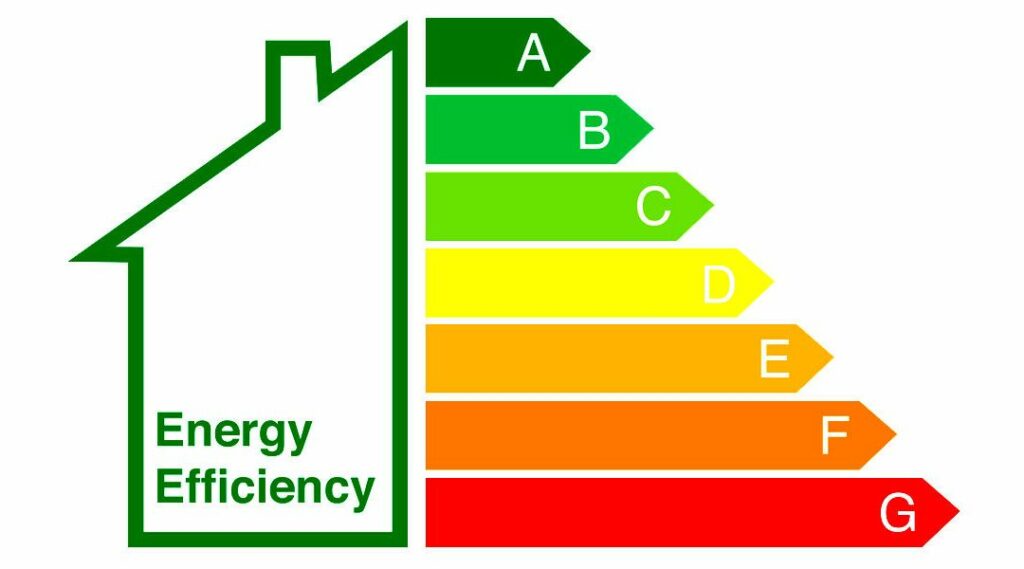Energy Performance Certificates (EPCs) play a significant role in property transactions in the UK, reflecting both environmental standards and marketability advantages. Recognising the key elements that affect EPC ratings empowers homeowners to enhance their property’s energy efficiency and overall value. In this article, we delve into the various factors that inspectors assess when determining EPC grades, shedding light on how homeowners can optimise their ratings.
Origins of Rating Methodologies
EPC assessments in the UK are based on standardised classifications derived from European Union-approved methodologies. These assessments evaluate thermal performance and energy usage assumptions to assign a final letter grade ranging from A to G. Understanding the assessment process is essential for homeowners looking to improve their EPC ratings.
Key Building Fabric Considerations
Insulation plays a crucial role in energy efficiency by minimising heat loss through critical property interfaces. Assessors focus on areas such as external wall construction, roof insulation, windows and doors protection, and floor insulation viability. Improving insulation provisions can significantly enhance EPC ratings and reduce energy consumption.
Assessing Heating System Efficiencies
Inspectors also evaluate heating system efficiencies, considering factors such as the age and condition of key appliances, fuel types, and the presence of smart thermostats and controls. Upgrading to modern, efficient heating systems can contribute to higher EPC ratings and lower energy costs.
Factoring Area Conditions Impacting Ratings
External factors, including regional weather conditions, location urbanity, assessed size banding, and previous extensions or conversions, also influence EPC ratings. Understanding these factors helps homeowners contextualise their property’s energy efficiency within broader environmental and structural considerations.
Common Misconceptions Around Appliance Impacts
Contrary to common misconceptions, everyday appliances have minimal influence on EPC ratings. Factors such as old fridges/freezers, inefficient washing machines, and non-smart TVs carry negligible weight in the assessment process. Focus should instead be on optimising building fabric and heating systems for maximum energy efficiency.
Summary – Key Building Fabric Considerations
In summary, EPC ratings are influenced by various factors related to building fabric, heating systems, and external conditions. Optimising insulation and upgrading heating systems are key pathways to improving energy efficiency and EPC ratings. While appliances play a minor role in assessments, prioritising enhancements that maximise warmth retention and minimise energy consumption is crucial for achieving higher EPC grades.


